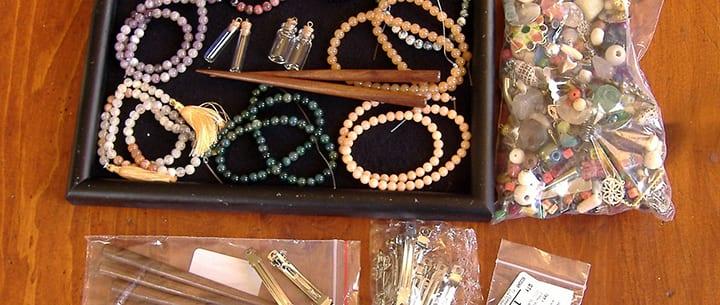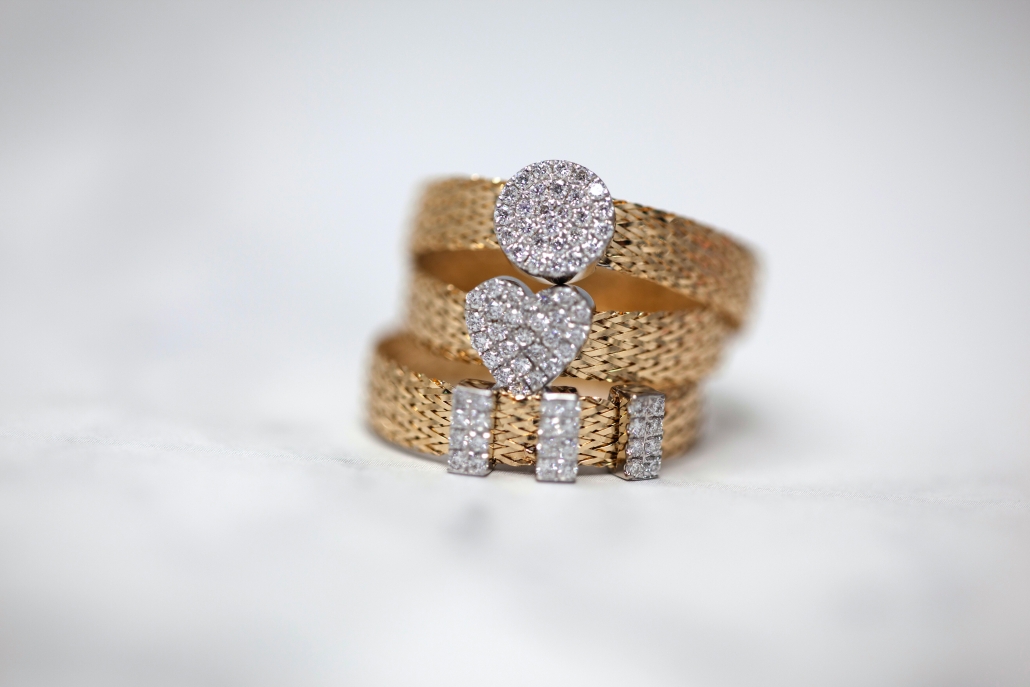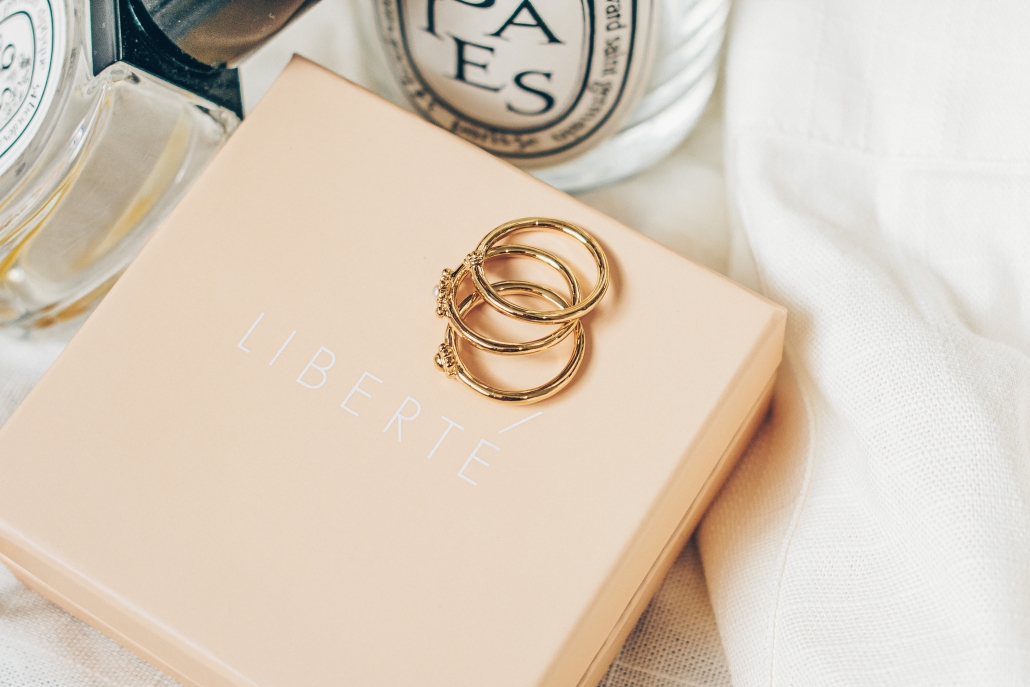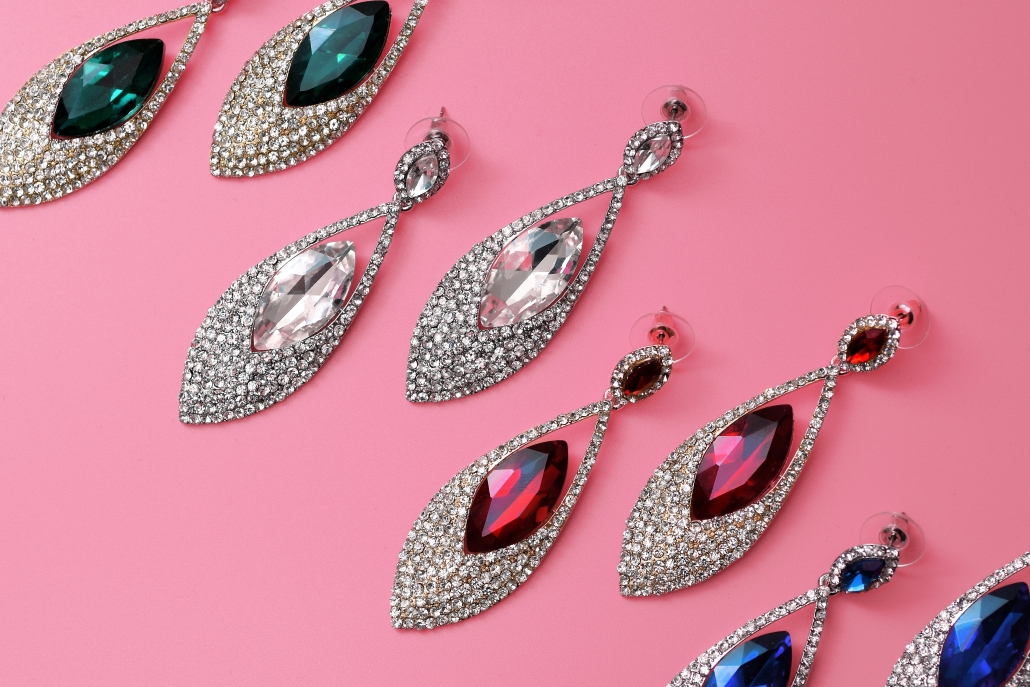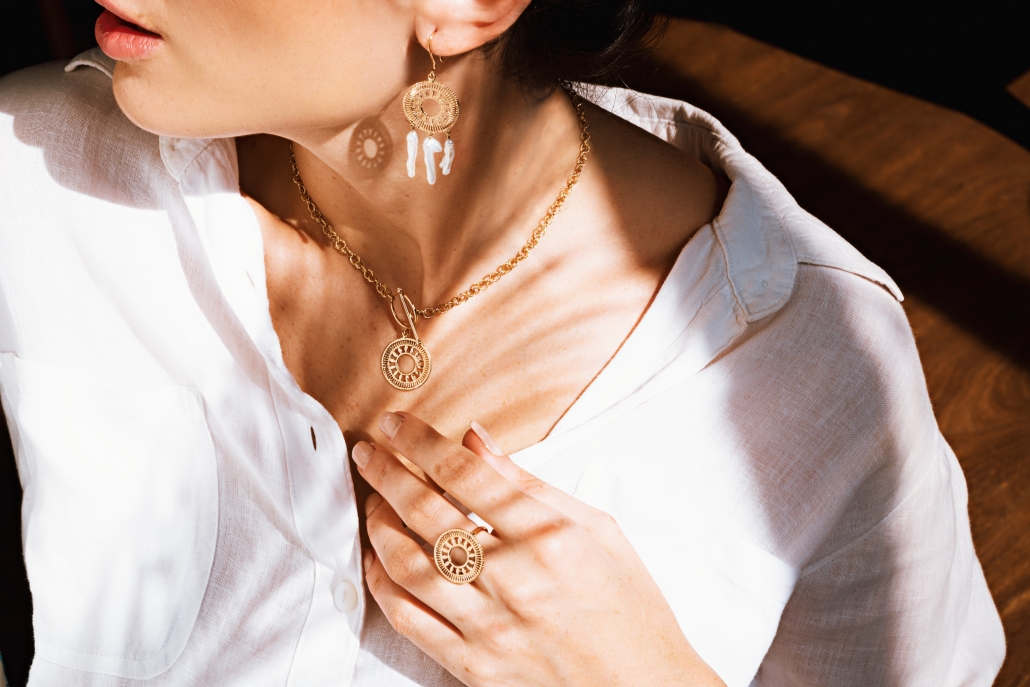 Interested in trying your hand at jewelry design? Before you begin, consider the following 5 questions, as outlined by Nashville jewelry designer and teacher Warren F…
Interested in trying your hand at jewelry design? Before you begin, consider the following 5 questions, as outlined by Nashville jewelry designer and teacher Warren F…
No matter what stage you’re at in your jewelry design career, it’s always helpful to have a good understanding of the basics. There are certain questions that every jewelry designer should be able to answer, and today we’re going to go over five of them. Whether you’re just starting out or you’ve been designing for years, make sure you know the answers to these essential questions!
Let’s take a look at a “case study” to show you what I mean by this before we dive in.
Susan felt very unsure of herself. And unsure of her jewelry. Would people like it? Was the color mix appropriate? Is the construction secure? Was the price smart and fair? She allowed all this uncertainty to affect her design work– she had difficulty finishing pieces she was working on, starting new projects, and getting her work out there.
Like many of my jewelry and beadwork students, Susan needed to be empowered as a designer.
Empowerment is about making choices. These choices could be as simple as whether to finish a piece or not. Or whether to begin a second piece. The designer will make choices about how to draw someone’s attention to the piece, or present the piece to a larger audience. She or he may decide to submit the piece to a magazine or contest. She or he may want to sell the piece and market it. The designer will make choices about how a piece might be worn, or who might wear it, or when it might be worn, in what context.
And for all these choices, the jewelry designer might need to overcome a sense of fear, boredom, or resistance. The designer might need to overcome anxiety, a sense of giving up, having jeweler’s block, feeling unchallenged, and even laziness.
So are you ready to learn what all aspiring jewelry designers need to know? Let’s take a closer look.
What is a Jewelry Designer Called?
A jewelry designer is a professional that can be known by many names, including:
- Jewelry maker or jewelry shaper
- Goldwork or goldsmith
- Silversmith or silverworker
- Artisan
…and so on! What you call yourself matters less than your ability to work with your chosen medium, whether it’s gold, silver, beading, or some other material. Some people who design jewelry don’t even craft their own designs – they may never actually touch metal but instead, just draw out and sketch their chosen designs.
Essentially, a jewelry designer is just someone who plans and creates the patterns for rings, earrings, bracelets, necklaces, and other designs. You might work as a custom jewelry designer or you might be a jewelry designer who works for one of the major jewelry brands.
In order to be a jewelry designer, you’ll need to have a keen understanding of art, aesthetics, and style. Taking jewelry design lessons is one way you can build your skills and network with other jewelry designers who might be able to help you take your career to the next level.
Want to learn more about how to become a jewelry designer? Check out this video:
Jewelry Designer Career: 5 Questions You Should Be Able to Answer When Designing Jewelry
The empowered jewelry designer should have answers to 5 critical questions:
1. Should BEADWORK and JEWELRY MAKING be considered ART or CRAFT?
The jewelry designer confronts a world that is unsure whether jewelry is “craft“ or “art.” This can get very confusing and unsettling. Each approach has its own separate ideas about how the designer should work, and how he or she should be judged.
When defined as “craft,” jewelry is seen as something that anyone can do – no special powers are needed to be a jewelry designer. As “craft,” there is somewhat of a pejorative meaning — it’s looked down upon, thought of as something less than art. But as “craft,” we recognize the interplay of the artist’s hand with the piece and the storytelling underlying it. We honor the technical prowess. People love to bring art into their personal worlds, and the craftsperson offers them functional objects that have artistic sensibilities.
When defined as “art,” jewelry is seen as something which transcends itself and its design. It evokes an emotional response from the viewer. It has more of a sense of clarity of purpose and choice, a sense of presence. As “jewelry art,” things done to improve functionality – durability, movement, drape and flow – should play no role at all, or as a compromise, merely be supplemental.
How you define your work as ART or CRAFT will determine what skills you learn, how you apply them, and how you introduce your pieces to a wider audience.
2. How do you decide what you want to create?
What kinds of things do you do to translate your passions and inspirations into jewelry? What is your creative process?
Applying yourself creatively can be fun at times, but scary at other times. It is work. There is an element of risk. You might not like what you end up doing. Your friends might not like it. Nor your family. You might not finish it. Or you might do it wrong. It may seem easier to go with someone else’s project.
Set no boundaries and set no rules. Be free. Go with the flow. Don’t conform to expectations.
Play. Pretend you’re a kid again. Have fun. Get the giggles.
Experiment. Take the time to do a lot of What Ifs and Variations On A Theme and Trial and Error.
Keep good records. Make good notes and sketches of what seems to work, and what seems to not work.
Evaluate. Learn from your successes and mistakes. Figure out the Why did something work, and the Why Nots.
3. What kinds of MATERIALS work well together, and which ones do not?
The choice of materials, including beads, clasps, and stringing materials, set the tone and chances of success for your piece. There are light/shadow issues, textural issues, and color issues. All of these choices:
… affect the look
… impact the drape
… affect the feel
… relate to the context
I always suggest using the highest quality materials your budget will allow.
4. Beyond applying basic techniques, how does the Jewelry Designer evoke an emotional response to their jewelry?
An artistic and well-designed piece of jewelry should evoke an emotional response. This takes both the successful application of techniques as well as skills.
Unfortunately, beaders and jewelry makers focus too often on techniques and not often enough on skills. It is important to draw distinctions here.
Techniques are necessary but not sufficient to get you there. You need skills. The classic analogy comparing techniques and skills references cutting bread with a knife. Technique: How to hold the knife relative to the bread in order to cut it. Skill: The force applied so that the bread gets cut successfully.
Skills are the kinds of things the jewelry designer applies which enhance his or her capacity to control for bad workmanship. These include:
- Judgment
- Presentation
- Care and dexterity
- Taking risks
5. When is enough enough?
How does the jewelry artist know when the piece is done? Overdone? Or underdone? How do you edit?
In the bead and jewelry arenas, you see piece after piece that is either over-embellished or under-done. Things may get too repetitive with the elements and materials. Or the pieces don’t feel that they are quite there yet.
For every piece of jewelry there will be that point of parsimony, where adding or subtracting one more element will make the experience of the whole greater than the sum of its parts.
How Do You Become a Jewelry Designer?
Whether you want to start designing jewelry for yourself or you want to work for one of the world’s major designer jewelry brands, you should be able to have answers to the five questions listed above.
However, having a snappy response isn’t all you’ll need in order to make your own custom jewelry design business successful. If you’re curious about how to become a jewelry designer, follow these tips.
To become a jewelry designer, you don’t necessarily have to have a degree, but an associate or bachelor’s degree in jewelry design, accessories design, or even gemology can be helpful.
A degree will help you learn how to use advanced software to create your designs while also allowing you to connect with active professionals. You’ll also gain the skills necessary to advance into a leadership role in a jewelry designer company or to start your own jewelry business.
Aside from a degree, you’ll also need to cultivate skills in things like:
- Caring for, manipulating, and reshaping metal
- Cutting and setting gems
- Assessing jewelry value
- Carving wax and making molds
- Engraving metal
- Repairing hooks and clasps
- Working with the various tools of the trade
- Using graphic design programs and 3D printers
- Welding and soldering
The best way to do this is to gain first-hand experience in the industry by working with customers at a local jewelry store, working in manufacturing, and doing internships in other areas. A strong portfolio is needed for most jewelry designer jobs, too.
Become a Jewelry Designer
The empowered jewelry designer will have answers to these questions, though not every designer will have the same answers, nor is there one best answer. Yet it is unacceptable to avoid answering any of these 5 questions, for fear you might not like the answer.
The empowered jewelry designer will have learned the skills for making good choices. These choices include making judgments about combining materials, both physical and aesthetic, into wearable art forms and adornment. This is jewelry making and design.
Ready to start designing your own jewelry? Sign up for lessons to become a jewelry designer today – and have fun experimenting!
 For Warren F., Jewelry Designer and teacher in Nashville, TN, beading and jewelry making endeavors have been wonderful adventures. These adventures, over the past 25 years, have taken Warren from the basics of bead stringing and bead weaving, to wire working and silver smithing, and onward to more complex jewelry designs which build on the strengths of a full range of technical skills and experiences. Learn more about Warren here!
For Warren F., Jewelry Designer and teacher in Nashville, TN, beading and jewelry making endeavors have been wonderful adventures. These adventures, over the past 25 years, have taken Warren from the basics of bead stringing and bead weaving, to wire working and silver smithing, and onward to more complex jewelry designs which build on the strengths of a full range of technical skills and experiences. Learn more about Warren here!
Photo by Sheryl Westleigh
Suzy S.
